Three Dolmen Sites In Korea
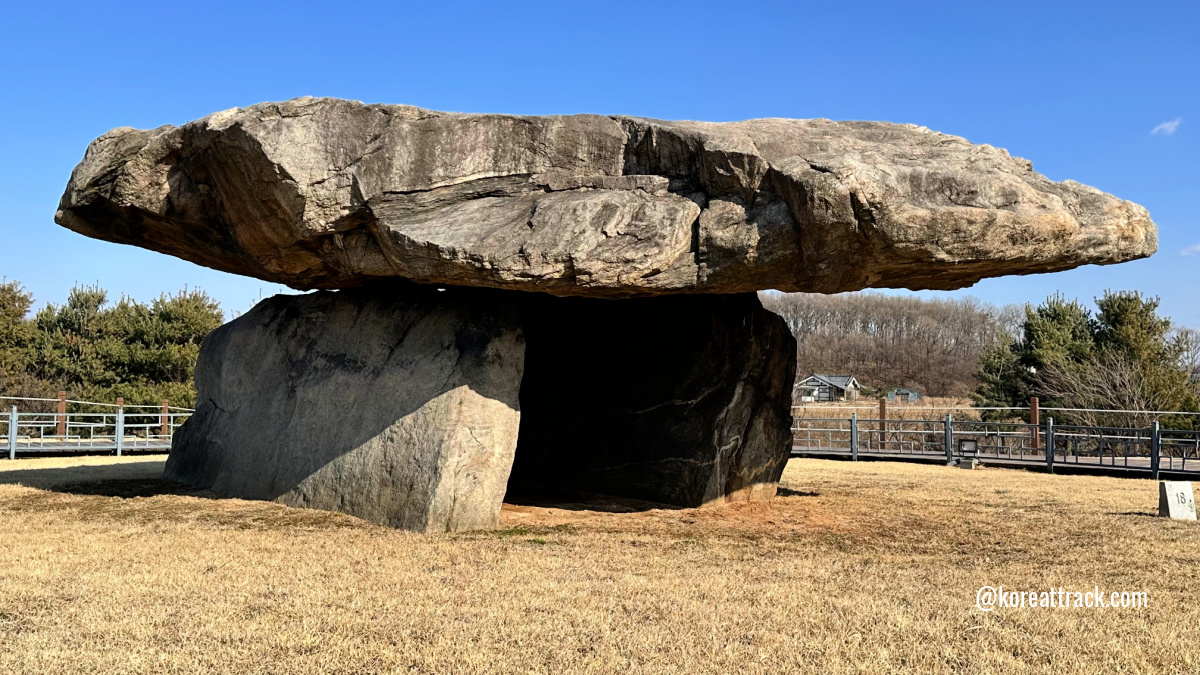 One of the three Dolmen sites in Korea is registered as a UNESCO World Heritage Site in Ganghwado County.
One of the three Dolmen sites in Korea is registered as a UNESCO World Heritage Site in Ganghwado County.Three Dolmen Sites In Korea
The Three Dolmen Sites in South Korea is registered under the UNESCO World Heritage Sites.
The Gochang, Hwasun and Ganghwa Dolmen Sites features the most excellently preserved and has the highest numbers of dolmens in Korea.
Indeed, such dolmens cannot be found anywhere in the whole wide world.
Dolmens are megalithic tomb monuments, which were prominent structures in Neolithic and Bronze Age cultures throughout the world during the 1st and 2nd millennia BCE.
Interestingly, these dolmens sites are scattered in three distinct locations and geographical features.
The three Dolmen Sites within the over eight hectares of land includes the largest and most diversified group and is centered in the town of Maesan, along the southern foot of a group of hills running east/west.
Over 440 dolmens of numerous types have been registered in this place. The Hwasun Dolmen Site, which is in around 30 hectares, is positioned on the slopes of a low series of hills, along the Jiseokgang River.
There are more than 500 dolmens in this group. In a variety of cases, the stone outcrops from which the stones comprising these dolmens have been recognized.
The Ganghwa Dolmen Sites (over 12 hectares of land area) are on the offshore island of Ganghwa, on mountain slopes. They tend to be located at higher grounds compared with other dolmens in other areas such as those found at Bugeun-ri and Gocheon-ri.
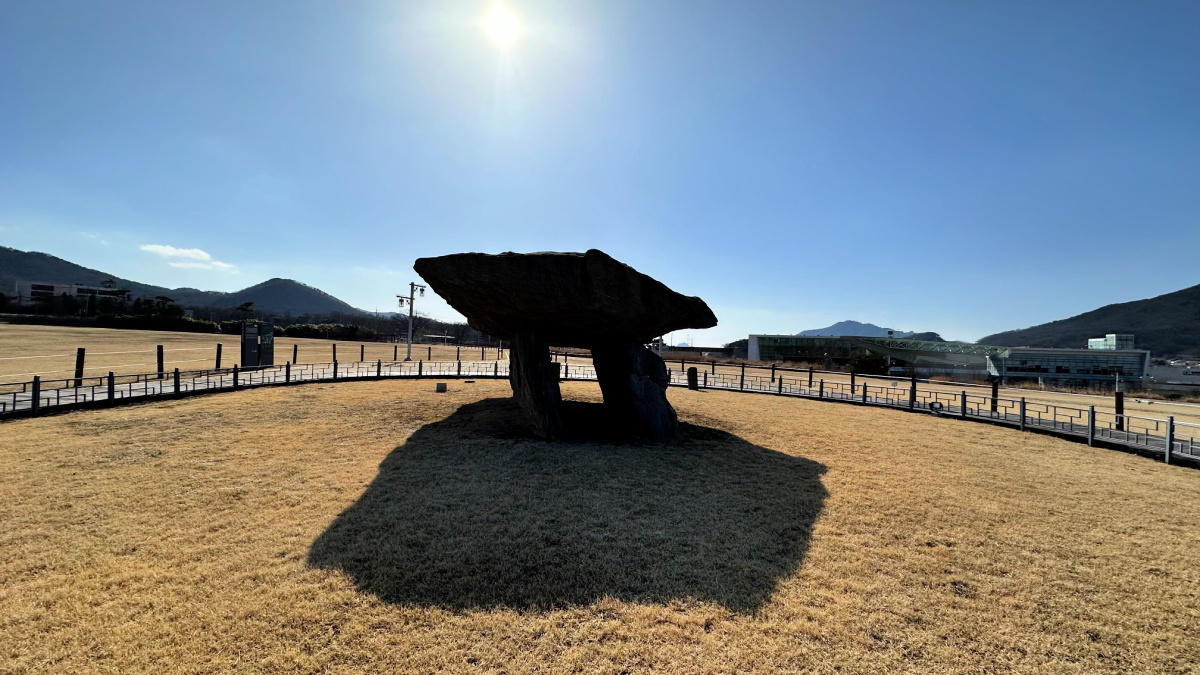 Dolmens on Ganghwa Island, South Korea
Dolmens on Ganghwa Island, South Korea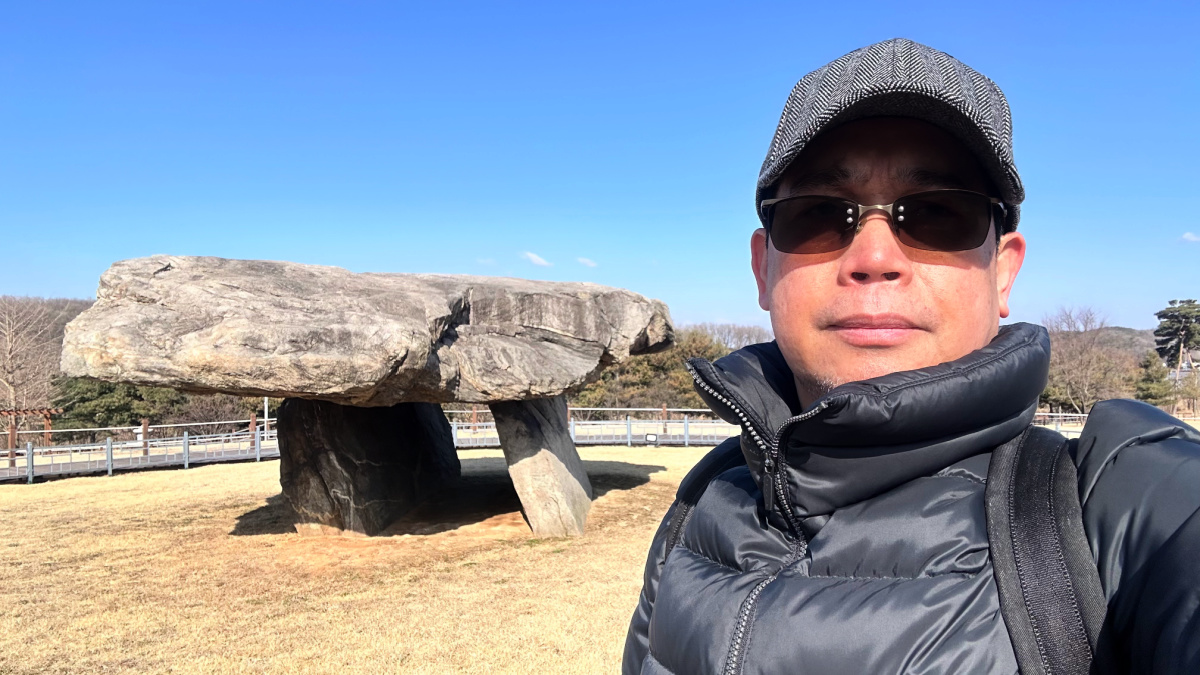
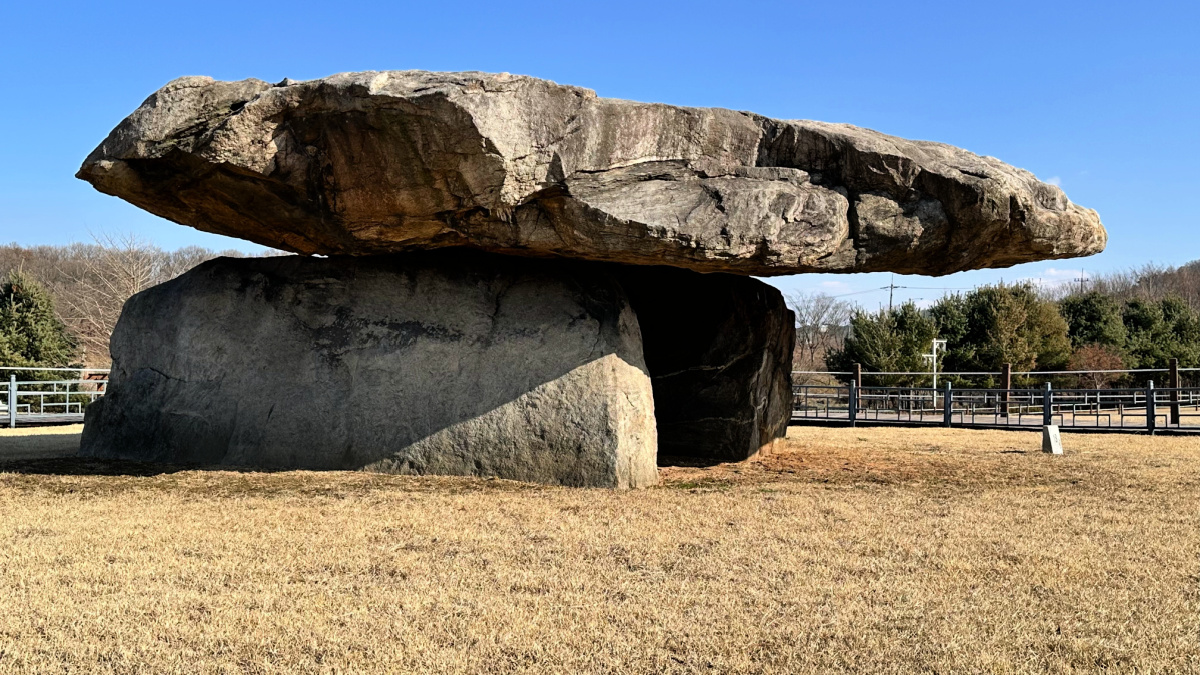
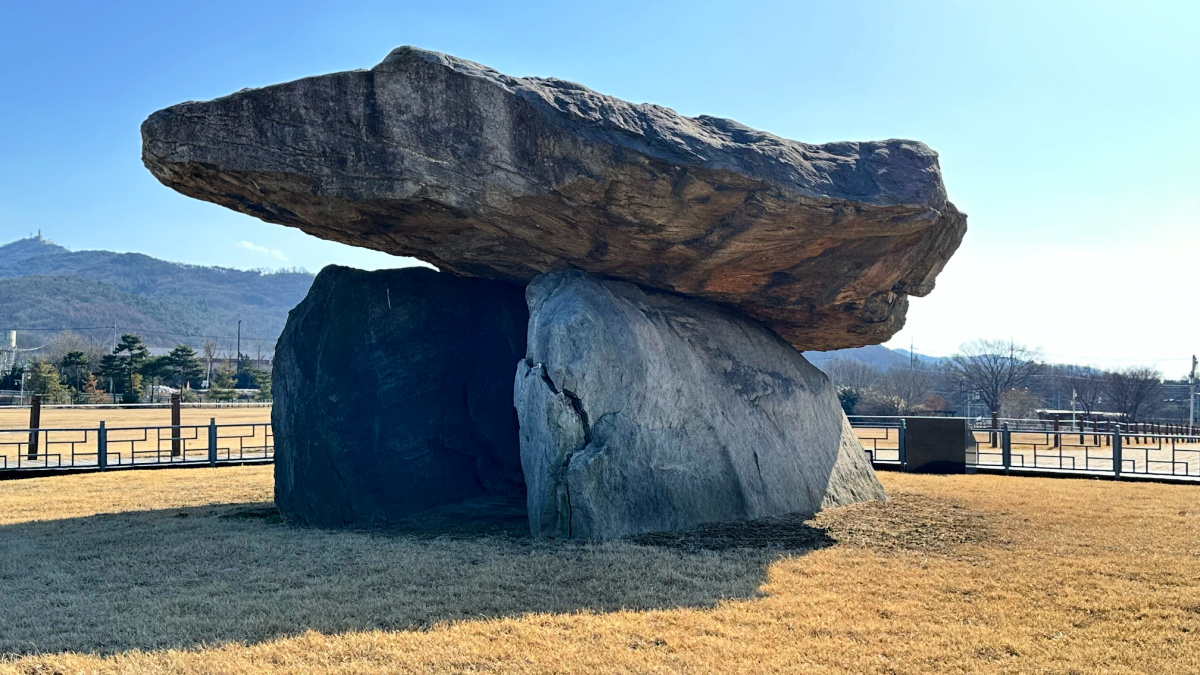
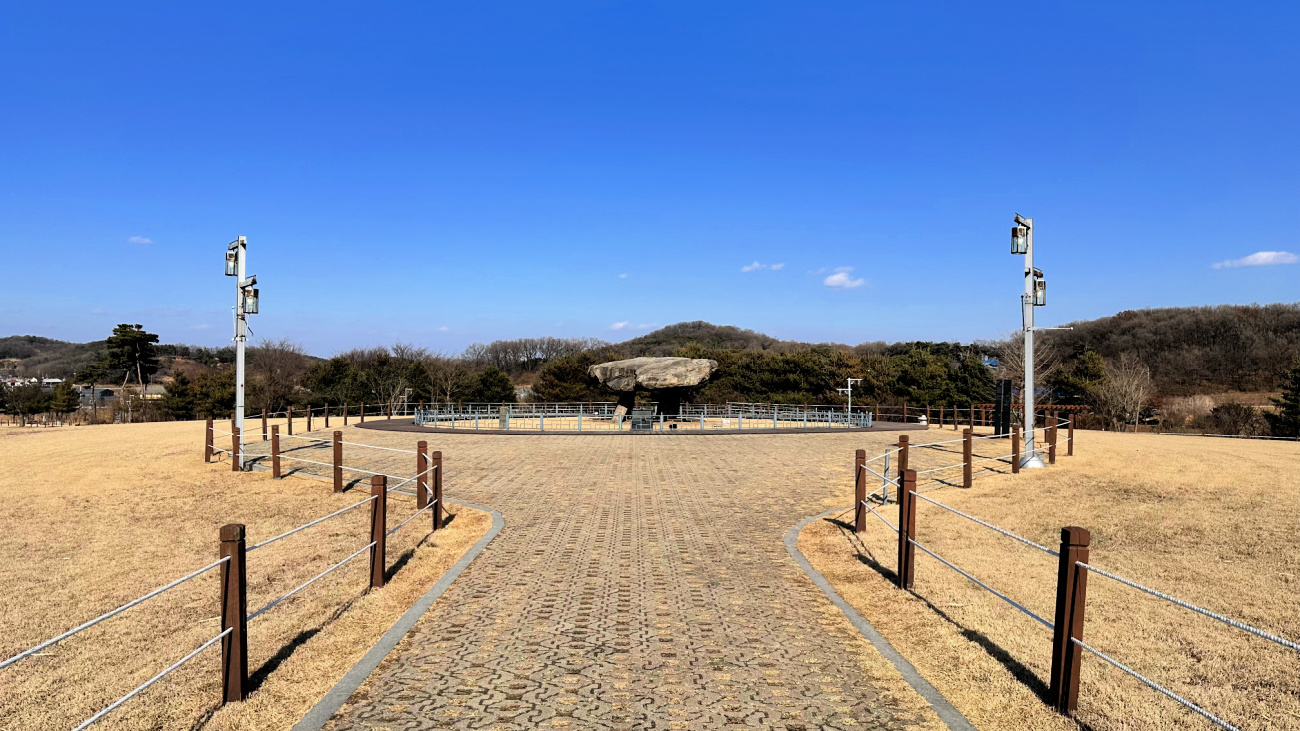
The Gochang, Hwasun, and Ganghwa Dolmen Sites preserve crucial proof of how stones were quarried, transported, and raised. The dolmens demonstrate how these types represent the northeast Asian dolmens.
The international prehistoric technological and social phenomenon that led to the appearance in the 2nd and 3rd millennia BCE of funerary and routine monoliths constructed with huge stones (the "Megalithic Culture") is nowhere more strongly represented than in the dolmen tombs of Gochang, Hwasun, and Ganghwa.
A significant collection of dolmens can be spotted in each of the three areas. This truth reveals the advancement history of the megalithic culture with many examples of numerous styles and types.
The presence of a quarry near the site is especially significant in providing references to the origins, nature, and developmental history of the dolmens.
The re-erection of collected collapsed or dispersed dolmens was accomplished. This work will be based upon careful clinical research study to establish the initial configuration and location of the dolmens.
The worst risk to the three dolmen sites in Korea is fire and damage to the surrounding environment. Therefore, safety precautions and facilities are readily accessible nearby.
The dolmens have the authenticity of form, materials, and area according to the research and investigations performed.
Most of the dolmens have stayed unblemished since the time of their building and construction, and their present condition is the result of normal processes of decay.
A couple of have been taken apart by farmers. Their stones have endured intact, and their initial location and kind can be determined without difficulty.
Preserving the Three Dolmen Sites in Korea
The entire location of the three separate sites has been designated as a Cultural Heritage Site under the Cultural Heritage Protection Act, which requires that they be safeguarded and handled accordingly.
The spots and the area that extends 500 meters from the border of each spot have an additional defense under the Cultural Heritage Protection Act as a Historic-Cultural Environment Protection Area.
Any form of advancement or intervention needs authorization and environmental impact evaluation, and repairs need to be performed by licensed specialists. The locales are open to the general public for scrutiny and recreation.
Total duty for conservation, funding, and the preparation and execution of preservation policies for the locales and buffer zones rest with the authorized Cultural Heritage Administration.
The National Research Institute of Cultural Heritage performs scholastic research, field study, and excavation in collaboration with private and public research institutions.
Day-to-day conservation and management is the duty of the pertinent regional administrations (three dolmen sites in Korea: Gochang County, Hwasun County, and Ganghwa County).
The Gochang Dolmen Museum, Hwasun Dolmen Locale Protection Pavilion, and Ganghwa Historic Museum supply info about each dolmen spot to visitors.
Regular day-to-day tracking is carried out, and thorough expert monitoring is carried out on a 3-to-4 year basis.
Management plans have been developed for each of the three homes within the inscribed site. Their primary goal is the conservation of the original character of the dolmen spots and their immediate environments.
The strategies cover scientific research study, organized tracking, and discussion (signage, access roads, and parking, analysis facilities, public awareness, and participation of local neighborhoods, festivals, and other onsite occasions).
To prevent forest fire, scrubs near the dolmens are removed frequently.
Dolmens that have collapsed due to tree roots and other elements are being investigated. They are then extensively studied and brought back to their initial state.
The Gochang, Hwasun, and Ganghwa Dolmen sites consist of the highest density and biggest range of dolmens in Korea, and undoubtedly of any nation.
The Hwasun Dolmen Site (around 31 hectares) occupies the slopes of hills, along the Jiseokgang River.
The presence of a quarry near the spot is specifically vital in supplying recommendations to the origins, nature, and developmental history of the dolmens, as well as contributing to the integrity of the property.
The Gochang Dolmen Museum, Hwasun Dolmen Site Protection Pavilion, and Ganghwa Historical Museum offer information about each dolmen locale to visitors.
Their main goal is the conservation of the original character of the dolmen locales and their relevant environments.
I hope you will visit any of the three dolmen sites in Korea soon. I visited the one on Ganghwa Island -- it was so cool! ^^
Enjoy your travels!
- Home
- Korean UNESCO Heritage Sites
- Three Dolmen Sites In Korea
Get Exciting Activities
Book one of our exciting activities today to experience the thrill of a lifetime! Take advantage of this opportunity and secure your spot in advance.
Hotel Map Guide
Find your affordable, accessible, and comfortable hotel in Seoul at Agoda.Com. See the hotel map below...
Hotel Booking Guide
Find affordable and amazing hotels on Agoda.com using the search box below. Book now to enjoy great discounts and save!
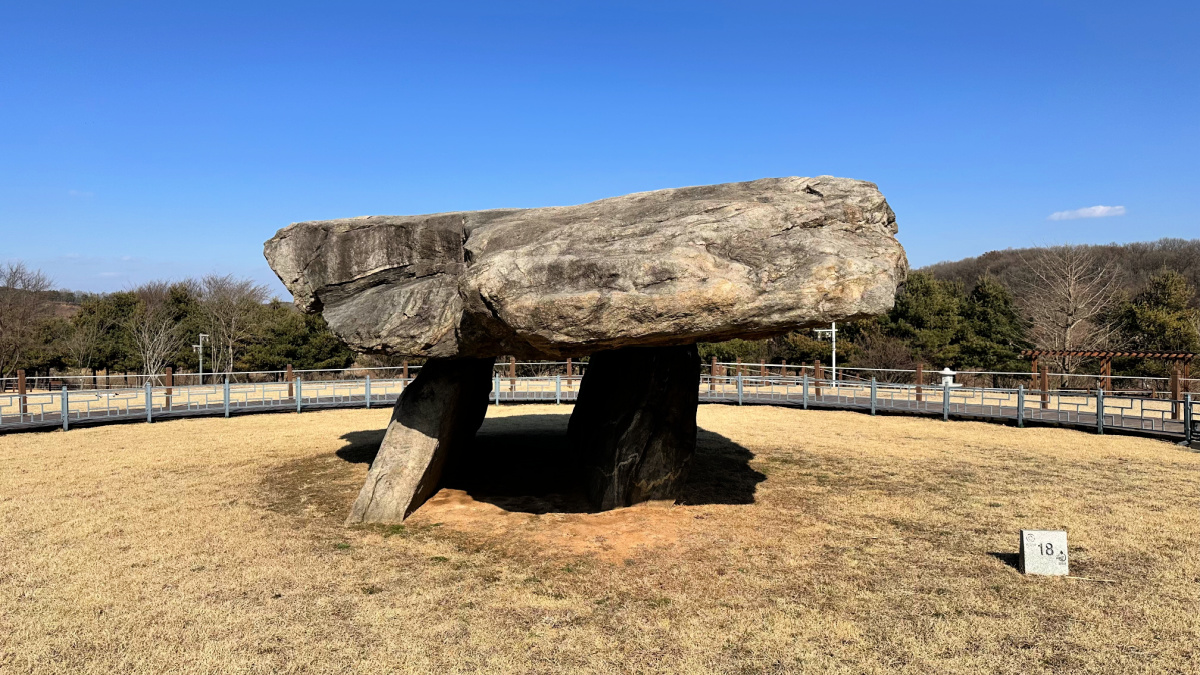
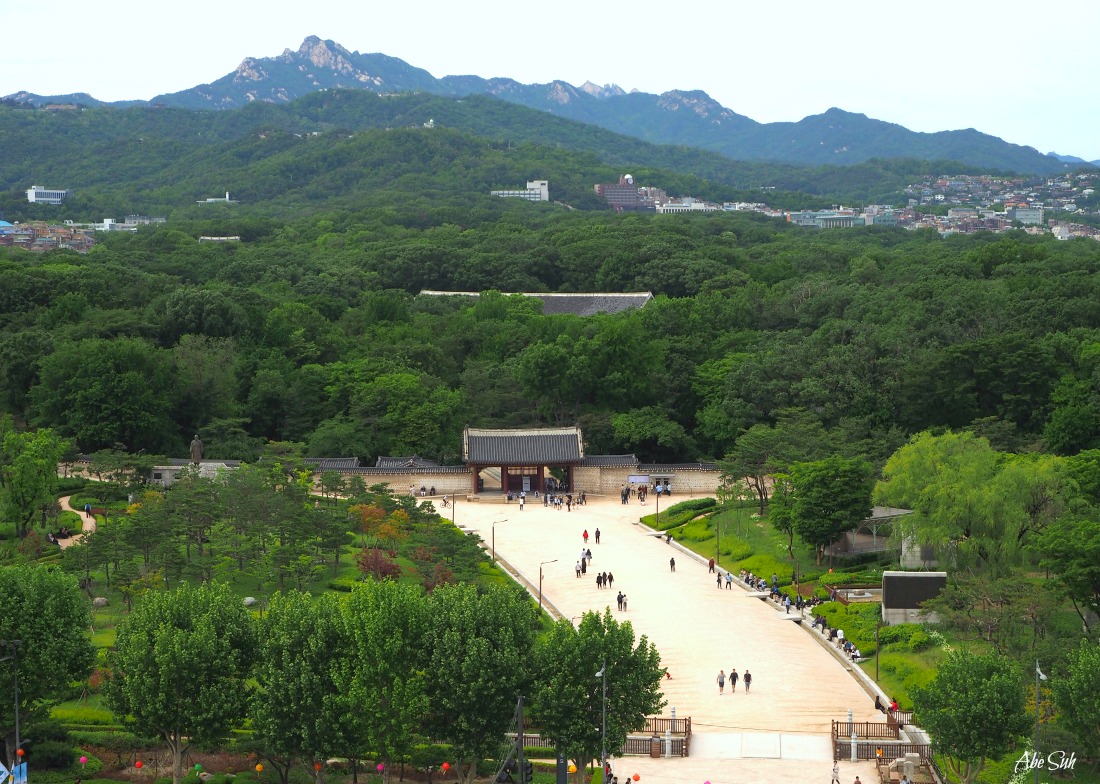
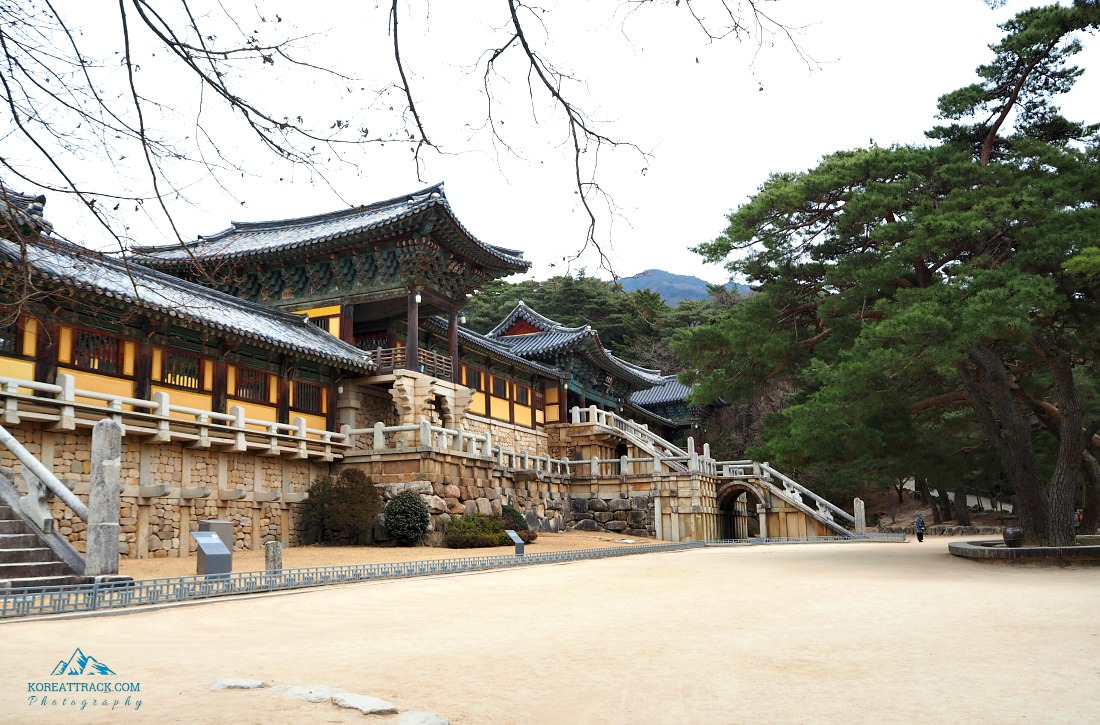




New! Comments
What do you think about this page? Leave me a comment in the box below.